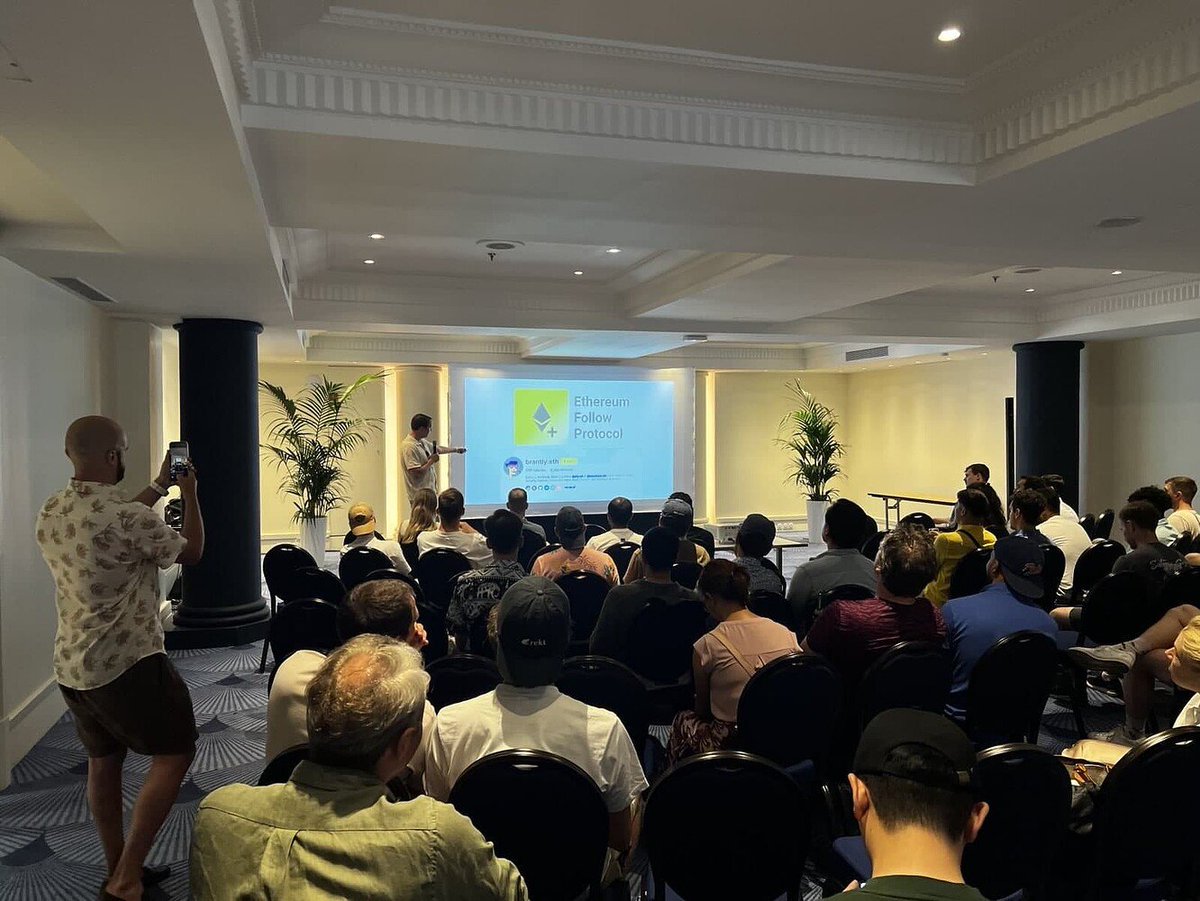
Ethereum Name Service price

Disclaimer
OKX does not provide investment or asset recommendations. You should carefully consider whether trading or holding digital assets is suitable for you in light of your financial condition. Please consult your legal/tax/investment professional for questions about your specific circumstances. For further details, please refer to our Terms of Use and Risk Warning. By using the third-party website ("TPW"), you accept that any use of the TPW will be subject to and governed by the terms of the TPW. Unless expressly stated in writing, OKX and its affiliates (“OKX”) are not in any way associated with the owner or operator of the TPW. You agree that OKX is not responsible or liable for any loss, damage and any other consequences arising from your use of the TPW. Please be aware that using a TPW may result in a loss or diminution of your assets. Product may not be available in all jurisdictions.
Ethereum Name Service market info
Market cap = Circulating supply × Last price

Ethereum Name Service Feed

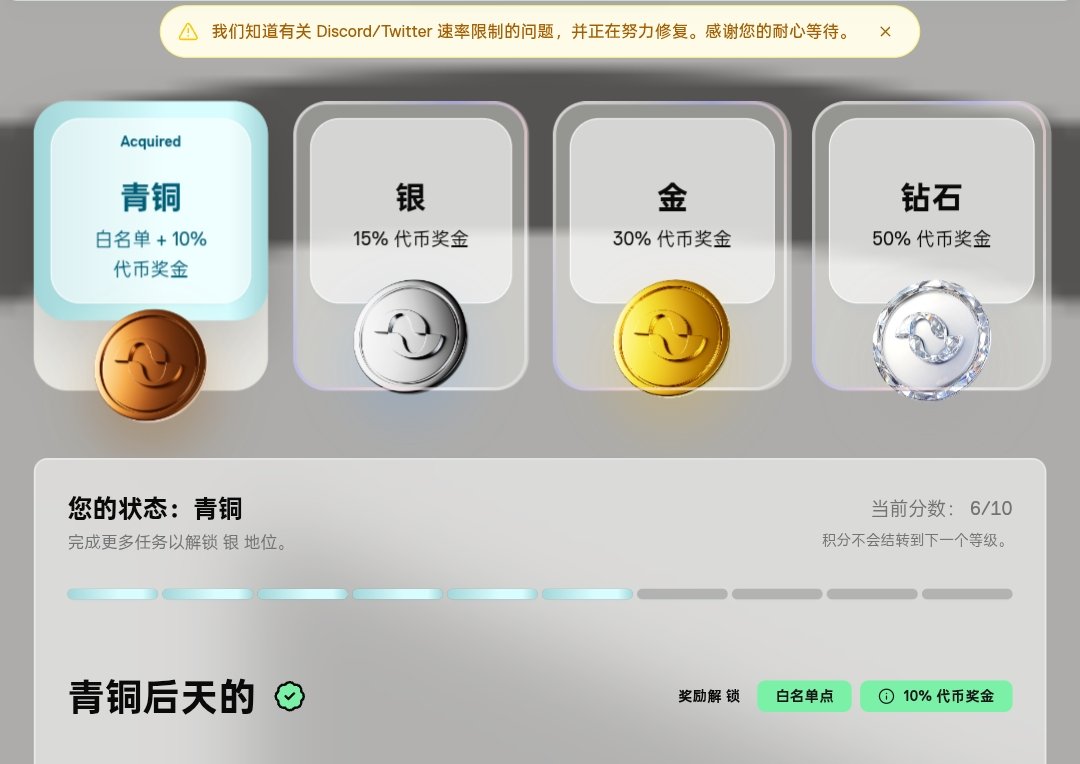

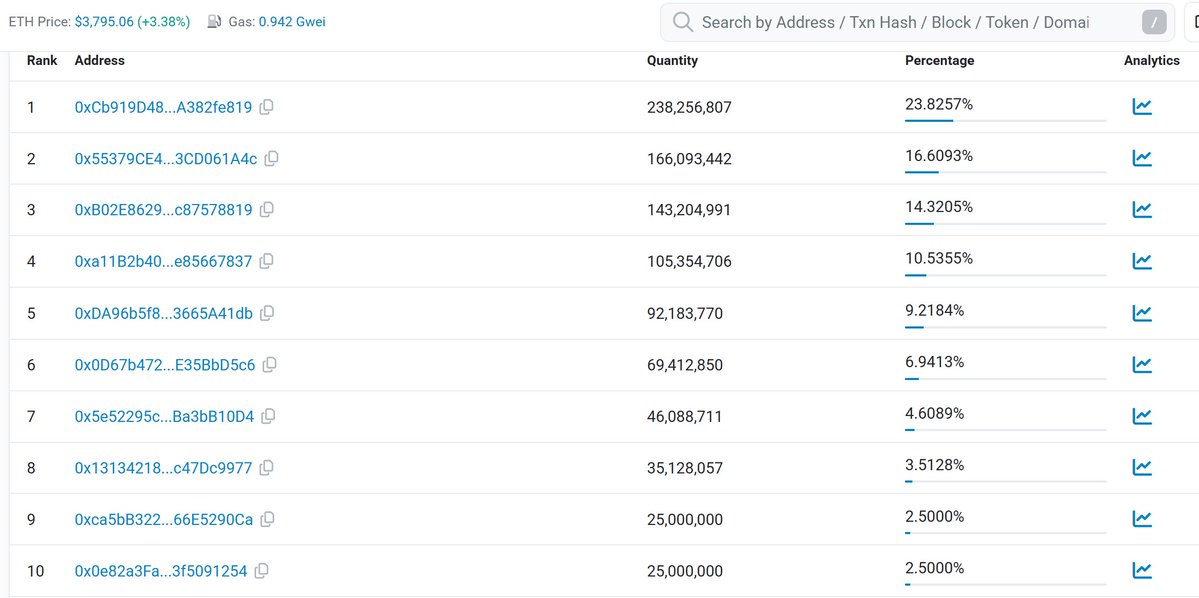

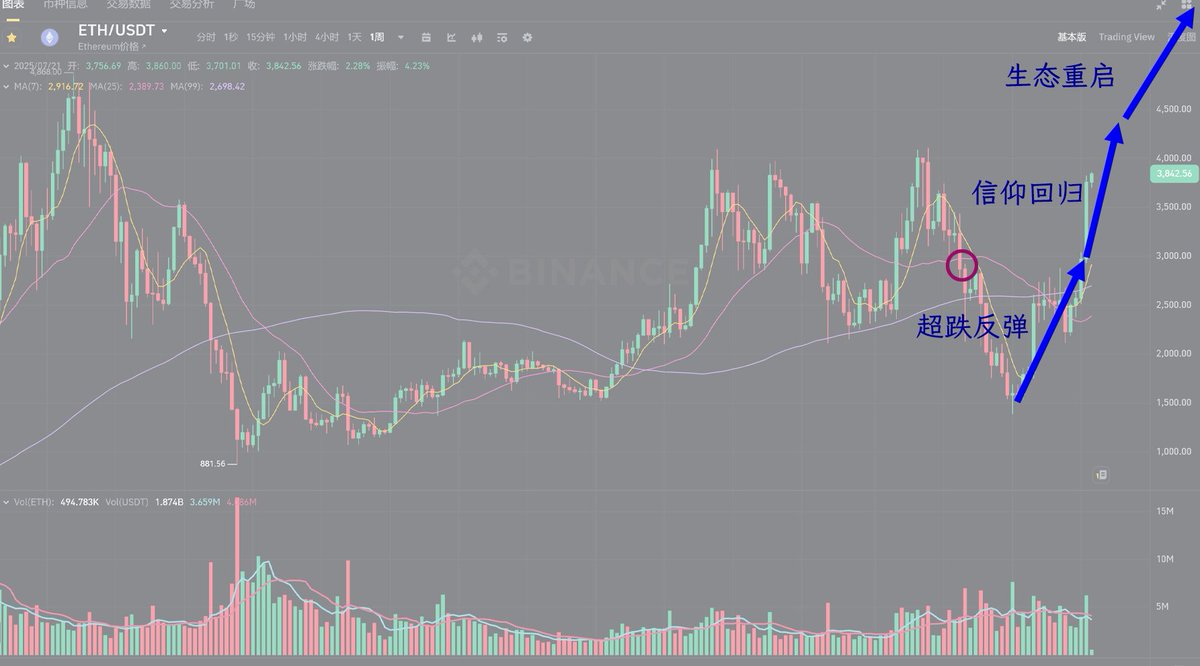
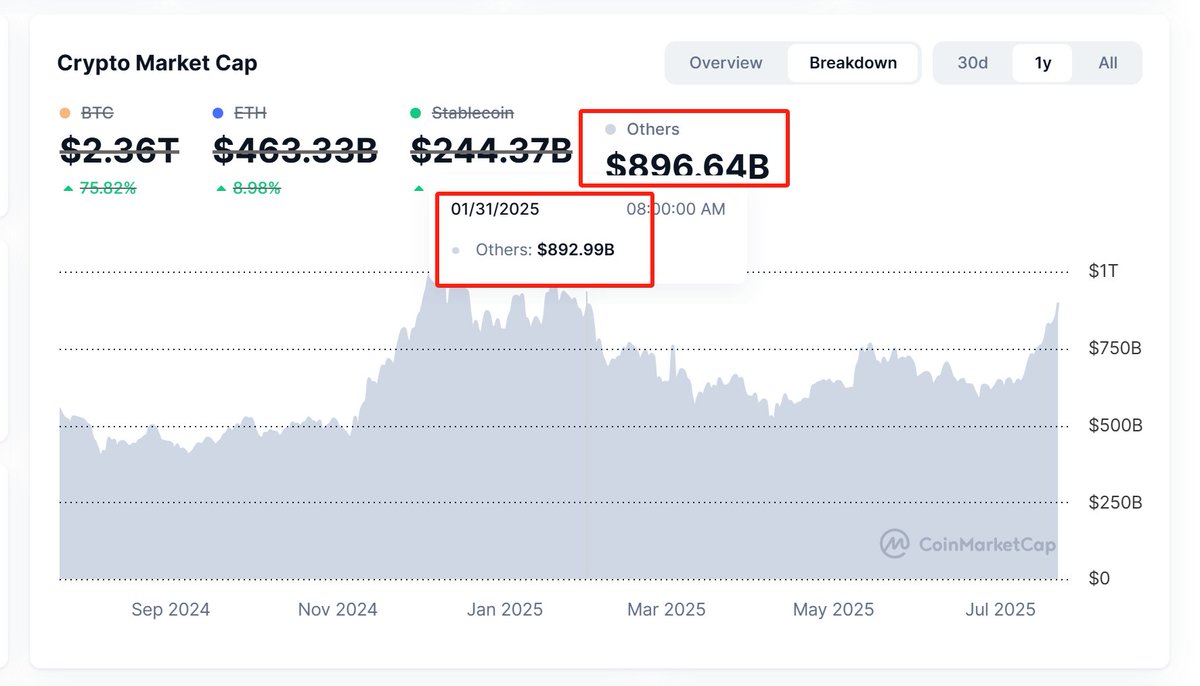


Convert USD to ENS


Ethereum Name Service price performance in USD
Popular Ethereum Name Service conversions
| 1 ENS to USD | $27.9940 |
| 1 ENS to EUR | €23.9455 |
| 1 ENS to PHP | ₱1,597.09 |
| 1 ENS to IDR | Rp 457,119.5 |
| 1 ENS to GBP | £20.7578 |
| 1 ENS to CAD | $38.3283 |
| 1 ENS to AED | AED 102.82 |
| 1 ENS to VND | ₫732,252.2 |
About Ethereum Name Service (ENS)
- Official website
- Github
- Block explorer
Latest news about Ethereum Name Service (ENS)

Ethereum Name Service FAQ
Ethereum Name Service is an Ethereum-based decentralized naming system for cryptocurrency wallet addresses, content hashes, and metadata. ENS is the name and ticker symbol of the Ethereum Name Service's governance token.
The architecture of Ethereum Name Service consists of two smart contracts called the Registry and Resolvers. Registry is a single, smart contract that maintains a list of all domains and subdomains. The smart contract stores the domain owner's name, the domain's resolver, and the time-to-live of all records under the domain.
On the other hand, resolvers are smart contracts that map ENS domain names with their respective resources, such as cryptocurrency addresses and content hash. When you try to find an Ethereum address registered as an ENS name, such as bob.eth, the registry is asked which resolver is responsible for bob.eth. Then the query is sent to the resolver of bob.eth. The resolver then maps bob.eth with the associated Ethereum address.
Easily buy ENS tokens on the OKX cryptocurrency platform. Available trading pairs in the OKX spot trading terminal include ENS/USDT.
You can also buy ENS with over 99 fiat currencies by selecting the "Express buy" option. Other popular crypto tokens, such as Bitcoin (BTC), Ethereum (ETH), Tether (USDT), and USD Coin (USDC), are also available.
Swap your existing cryptocurrencies, including XRP (XRP), Cardano (ADA), Solana (SOL), and Chainlink (LINK), for ENS with zero fees and no price slippage by using OKX Convert.
To view the estimated real-time conversion prices between fiat currencies, such as the USD, EUR, GBP, and others, into ENS, visit the OKX Crypto Converter Calculator. OKX's high-liquidity crypto exchange ensures the best prices for your crypto purchases.
Monitor crypto prices on an exchange
ESG Disclosure
Convert USD to ENS








